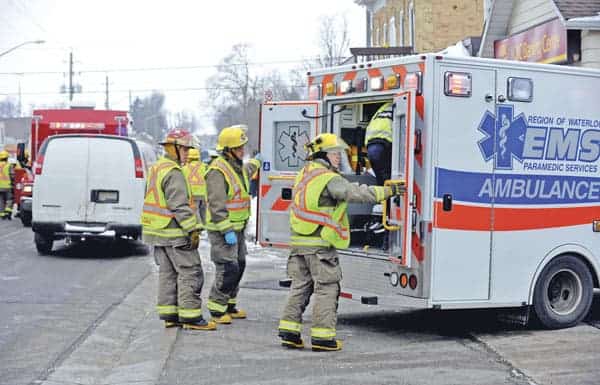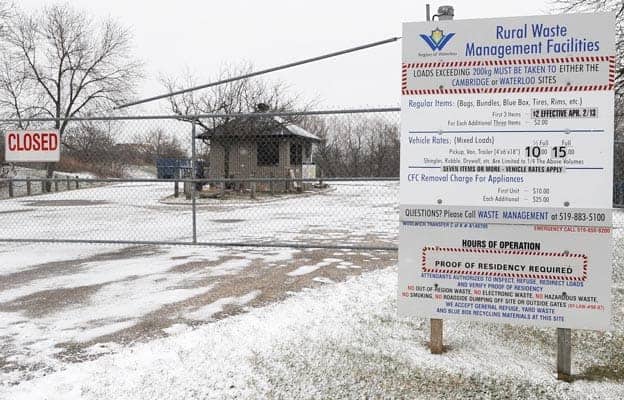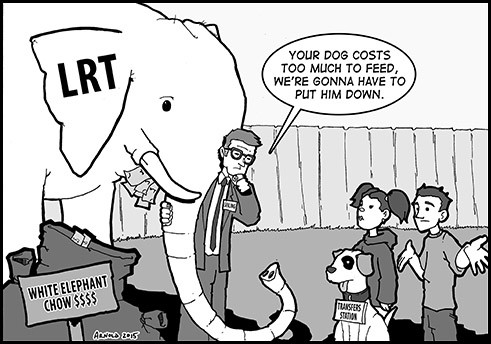His township already dealing with the longest ambulance response times in the Region of Waterloo, Wellesley Mayor Joe Nowak is concerned plans to swap out a rural emergency response unit for a region-wide ambulance could exacerbate the problem.
![Wellesley Mayor Joe Nowak is worried about ambulance response times to calls such as this accident in St. Clements earlier this month.[File Photo]](https://www.observerxtra.com/content/images/wp-content/uploads/2015/02/post_ambulance.jpg)
The proposal, part of the 2015 regional budget, calls for the conversion of one of the three existing rural response (RERU) units to a 12-hour ambulance. Nowak sees cause for concern.
“In the initial staff report, they said that this has the potential to negatively impact the response times in some of the rural municipalities,” he said. “Their thinking is, they want to put an ambulance in there because the ambulance actually has the capability to carry a patient whereas the paramedic units don’t have that. If I understand it correctly, the plan is to have the ambulance situated in the new building in Phillipsburg and I think you have to understand that the ambulances are fluid, and are constantly on the move, whenever they are needed. So it’s quite conceivable that particular ambulance could get called to Stratford or Kitchener or anywhere really; when that inevitably happens, that means that there will be no coverage in Wellesley Township at that time. And that’s a huge concern.”
Region staff argue the change will help reduce response times overall, though they do concede those gains could come at the expense of rural areas.
“Existing (Emergency Medical Services) resources continue to be fully utilized given the current call volume and demand,” a staff report on the matter states. “While the 2012 and 2013 service enhancements (an additional 12-hour ambulance was added to the fleet each year) approved by council have improved region-wide coverage and response times in those years, call volumes have grown four per cent in 2014. As a result, the current region-wide response time trend shows deterioration in 2014.
“Additional staffing will comparatively improve region-wide response times. However, rural response times may be negatively impacted by the loss of the RERU.”
That tradeoff is unacceptable, Nowak said.
“The numbers are saying that a person who lives in Linwood probably has less chance of surviving a heart attack than a person in Kitchener because the ambulance just can’t get to them as quickly. From my perspective, I understand the fact that there is going to be a difference because of the logistics (driving distance), but what they are doing here is regressive; in my mind it’s going backwards when we look at the health and safety of the people of Wellesley.”
In response, Nowak will bring a motion forward at the regional council’s budget approval meeting March 4 to add the additional ambulance while maintaining all three rural response units.
That idea comes with an annual price tag of $712,000 – the conversion from an RERU to an ambulance instead would total $484,000 – the staff report notes.
But that difference, some $228,000 a year, would be well worth it, Nowak said.
“I’m going to propose that they can put the new ambulance there, but they’ve got to keep the rural unit as well; I want both. I think that’s fair and I also think that is what the people of Wellesley would come to expect.”
Data from 2013 shows Wellesley had the worst ambulance response times in the region. At that time, 90 per cent of calls took 21 minutes or less to respond to emergencies in the township. The remaining 10 per cent took longer.
There are currently 18 ambulances in operating in the region, along with three rural response units, which service exclusively within North Dumfries, Wellesley, Woolwich, Wilmot and Ayr.









